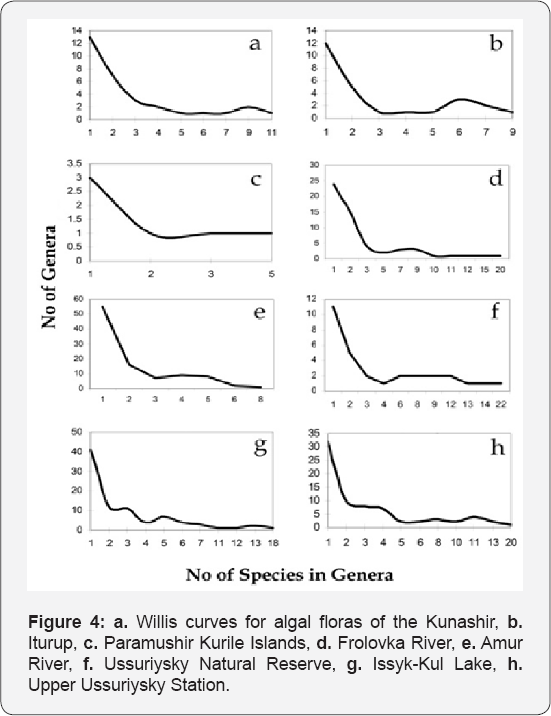

The impact factor of a journal, although the most credible metric for judging journals, must be properly contextualized. It is the relative score that matters while choosing a journal for publication. So, if a journal A has a score of (say) 5 while the next journal B has a score of 2, that is different from a journal C having a score of 10 while the next journal D has a score of 9. The best means of judging a journal based on the impact factor is noting the comparative score of the journal with others in the same field. Some science streams have higher frequencies of citation while some subjects like streams in humanities may have a lower frequency of citation. However, the impact factor is best read in terms of subject matter in the form of the 27 research disciplines identified in the JournalCitation Reports. This is where things start getting tricky! In most fields, the impact factor of 10 or greater is considered an excellent score while 3 is flagged as good and the average score is less than 1. How do we interpret the value of a journal’s impact factor? The impact factor only denotes citation of journals and not individual articles That is done by other measures like the H-index.Impact factor can be calculated only after completing the minimum of 3 years of publication and therefore it cannot be calculated for a brand new journal Impact factor analysis is limited to the 12,298 journals indexed for the JournalCitation Reports covering 27 research disciplines only.

#J environ monit impact factor how to#
While it is easy to know the impact factor of a journal, it is altogether a different challenge as to how to interpret this number. Any researcher looking to publish an article gets tangled in the web of journal impact factor and how to select the best journal to target. International Journal of Environmental Monitoring and Analysis (IJEMA) discusses technical developments and data arising from environmental monitoring and assessment, principles in the design of monitoring systems, and the use of monitoring data in assessing the consequences of natural resource management and pollution risks.


 0 kommentar(er)
0 kommentar(er)
